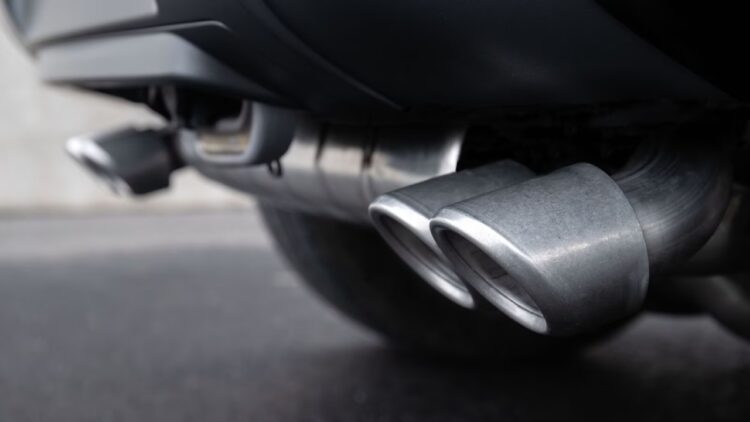The new Bharat Stage (BS7) emission norms are about to arrive in India. At present, the vehicles are following the BS6 2.0 emission regulations. As is the case with each new regulation, the amount of toxic pollutants allowed to be released from the tailpipe of a vehicle is reduced. Hence, carmakers need to invest in altering the engines to emit low-polluting gases into the atmosphere. Let us take a look at the details of what the new regulation will entail.
You may also like: Methane-Powered Maruti Brezza Debuts at Bharat Mobility Expo 2024
New Bharat Stage 7 (BS7) Emission Norms Explained
At present, the BS6 2.0 requires vehicles to have OBD (On-Board Diagnostics) hardware to record the real-world emissions of automobiles. This is applicable to cars, as well as two-wheelers. The BS7 will be a slightly more advanced version of BS6. The first key addition to the BS7 will be OBM (On-Board Monitoring). These will record and analyse the emissions from your car while driving in conjunction with OBD. In essence, the emission test will be moved from the laboratory to your vehicle. In addition to that, the permissible limit for Carbon monoxide, Carbon dioxide, Nitrogen oxide, etc will be even lower than BS6. Hence, carmakers will need to work on their engines to make them less polluting.
Another new addition to the emission regulations based on BS7 will be standardization in the measurement of polluting particles from the brakes and tyres of automobiles. The micro-plastics and brake dust from tyres and brakes are harmful to the environment. Since the EV demand is at an all-time high, BS7 will also test the longevity of batteries of EVs and plug-in hybrids. Furthermore, the battery charging and charge-holding capacity of vehicles will be monitored during their lifecycle. Disposing EV batteries creates huge pollution. Finally, BS7 will also bring into discussion the lifetime emissions from cars. Sensors will record the emission data from cars which are many years old. With time, cars emit more pollution. These are the top aspects of the BS7 emission norms.
You may also like: Tata Altroz CNG Variant Caught Undergoing Emission Tests by ARAI
Author’s Note
While there is no official deadline for implementing BS7 yet, the Union Minister of Roads, Transport and Highways, Nitin Gadkari, has asked carmakers to start working on BS7 norms. Hence, we can expect it to make it to our country by next year (2025). This will coincide with Euro 7 emission norms. Another thing to keep in mind is that switching from BS6 to BS7 will require carmakers to invest money and resources in their existing powertrains. Hence, the prices of the car will be increased. Let us keep an eye out for more developments in this regard.
You may also like: What Are Catalytic Converters? How Do They Reduce Emissions?
Disclaimer- The embedded videos/ external content is/are being used as a convenience and for informational purposes only; they do not constitute an endorsement or approval by Car Blog India of any of the products, services, and /or opinions of the corporation or organization or individual. Car Blog India bears no responsibility for the accuracy, legality, and/or content of the external site or for that of subsequent external videos/ external content. Contact the external publisher for answers to questions regarding its content.


